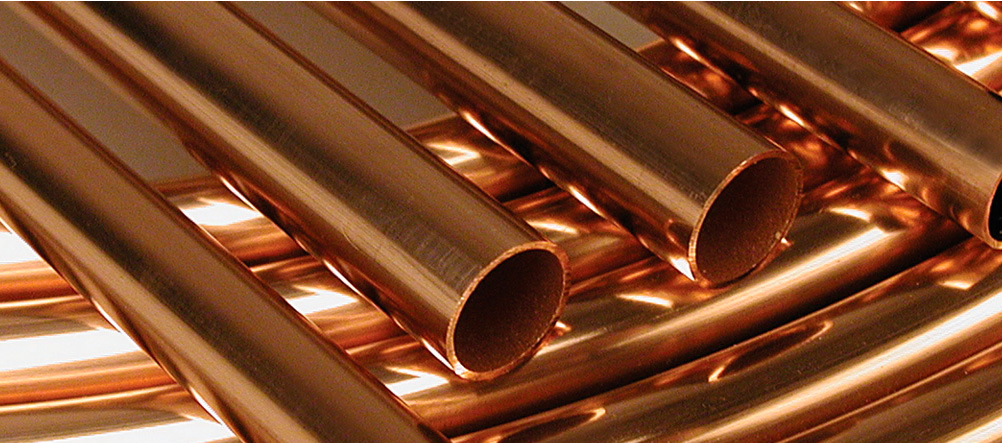
The Scrap Copper Market in CanadaProbably the most important thing to remember about selling scrap copper is the quality (or grade) of the scrap. For the most part, the marketplace dictates pricing, with the greatest effect coming from supply and demand fluctuations. But beyond that, the quality and purity of the scrap will be assessed by the scrap yard, and their final price will be impacted by the grade of material - the higher the percentage of purity, the better the price. So it’s up to the collector to organize the scrap into the different quality categories, and to remove contaminants as best as possible. Scrap copper has become quite valuable in recent years. Demand is consistent, and access to scrap is almost limitless, so it makes collection worthwhile. It certainly must be worthwhile, because people are stealing it, and selling the proceeds. That’s why scrap yards routinely ask for personal ID when receiving a shipment. They are required to report suspicious activity, and especially if they believe that stolen scrap is involved. The thing is, when scrap copper prices are on the high side, legal collection is quite feasible, and without the need to steal. Depending on the daily price-per-pound postings for scrap copper, collection (even on a small scale) can make for a profitable endeavor. Indeed, the collection, separation and recycling of scrap metal is a small commodity market of its own. Copper and copper alloys (metals with copper as a major component) have been recycled and processed for ages. The fact is, used copper, or for that matter, scrap copper, should never be regarded as waste – it’s as good as virgin ore, and can be used as raw material for re-processing into “new” copper.
|
Clearly, high prices for scrap copper make the economics more worthwhile for collection, processing and re-manufacturing. Once again, quality and purity are vital - uncontaminated scrap is simpler to process and refine - it’s just worth more. If the scrap yard were to receive impure scrap, there is more refining required, and the entire process becomes more costly. In situations where scrap is very contaminated, recycling is still worthwhile, but more costly - so the price per pound diminishes. For companies like Tal Metal Recycling Inc. pricing is a determining factor that affects entire process. Once recycled, the processed and refined scrap copper retains the quality of the original material and easily meets the standard of the highest grade copper. In the electrical industry, it’s not uncommon to make use of recycled copper as if it was virgin ore. Simply put, its as good as pure copper. In other industries, like plumbing and roofing, recycled copper is also in common usage. And whether it’s a large refiner or a local scrap yard, the common denominator is always the price. Today, the copper market has become so sophisticated that prices can be monitored 24/7 and right around the world. Scrap copper facilities like Tal Metal Recycling Inc. rely on the supply side to satisfy the demand for scrap - and that demand is constant. Just as an example, today’s average North American car makes use of about 50 lbs. of recycled copper - a 40% increase from 35 years ago. And on an annual basis, North American industries use almost the same tonnage of scrap copper as they do virgin copper ore. It clearly substantiates the stability of the supply and demand cycle. |
